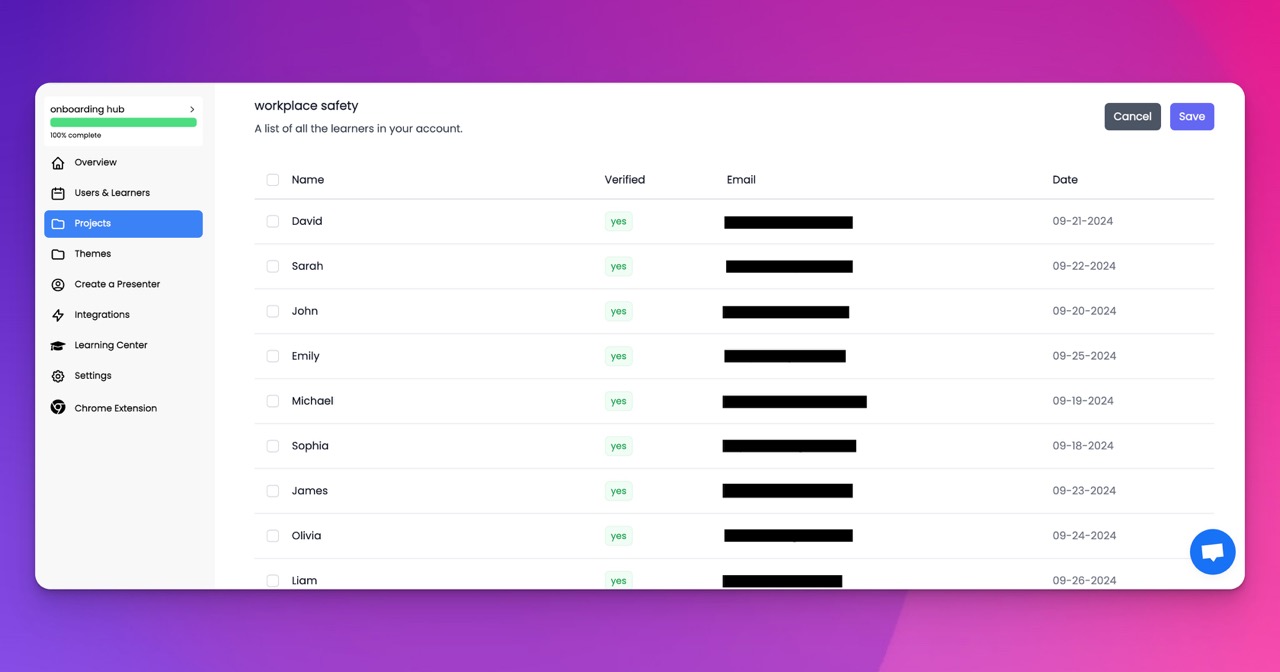🎉 Trainday now integrates with Zendesk and Hubspot 🎉 Trainday now integrates with Zendesk and Hubspot 🎉 Trainday now integrates with Zendesk and Hubspot
🎉 Trainday now integrates with Zendesk and Hubspot
🎉 Trainday now integrates with Zendesk and Hubspot
Contact
Public Transit
Using Data Visualization in Public Transit Explainer Videos to Simplify Complex Information
Public transportation systems can be complex and overwhelming for many people, especially those who are not familiar with the various routes and schedules. However, with the help of data visualization in public transit explainer videos, this information can be simplified and made more accessible to the general public.
Data visualization involves presenting information in a visual format, such as charts, graphs, and maps, to help viewers better understand complex data. When applied to public transit explainer videos, data visualization can make it easier for viewers to grasp important information about routes, schedules, and fares.
For example, a public transit explainer video could use a map to show the different bus or train routes in a city, with each route color-coded for easy identification. This visual representation can help viewers quickly see which routes go to specific destinations and how they connect with one another.
Similarly, data visualization can be used to show real-time information, such as the current location of buses or trains, estimated arrival times, and any delays or service disruptions. This can help viewers plan their trips more effectively and avoid unnecessary waiting or confusion.
By incorporating data visualization into public transit explainer videos, transit agencies can improve the overall user experience for their customers. Instead of sifting through dense schedules or trying to interpret confusing maps, viewers can quickly and easily understand important information at a glance.
In conclusion, data visualization is a powerful tool that can simplify complex information in public transit explainer videos. By presenting information in a visual format, transit agencies can make it easier for their customers to navigate the system and plan their trips effectively. Ultimately, data visualization can help improve the overall usability and accessibility of public transportation for all users.
Accelerate Compliance.
Deliver OSHA-Ready Courses Instantly.
Empower your team with data-driven training solutions tailored to your industry's safety standards. Stay compliant, reduce risks, and boost productivity with AI-powered course creation.
